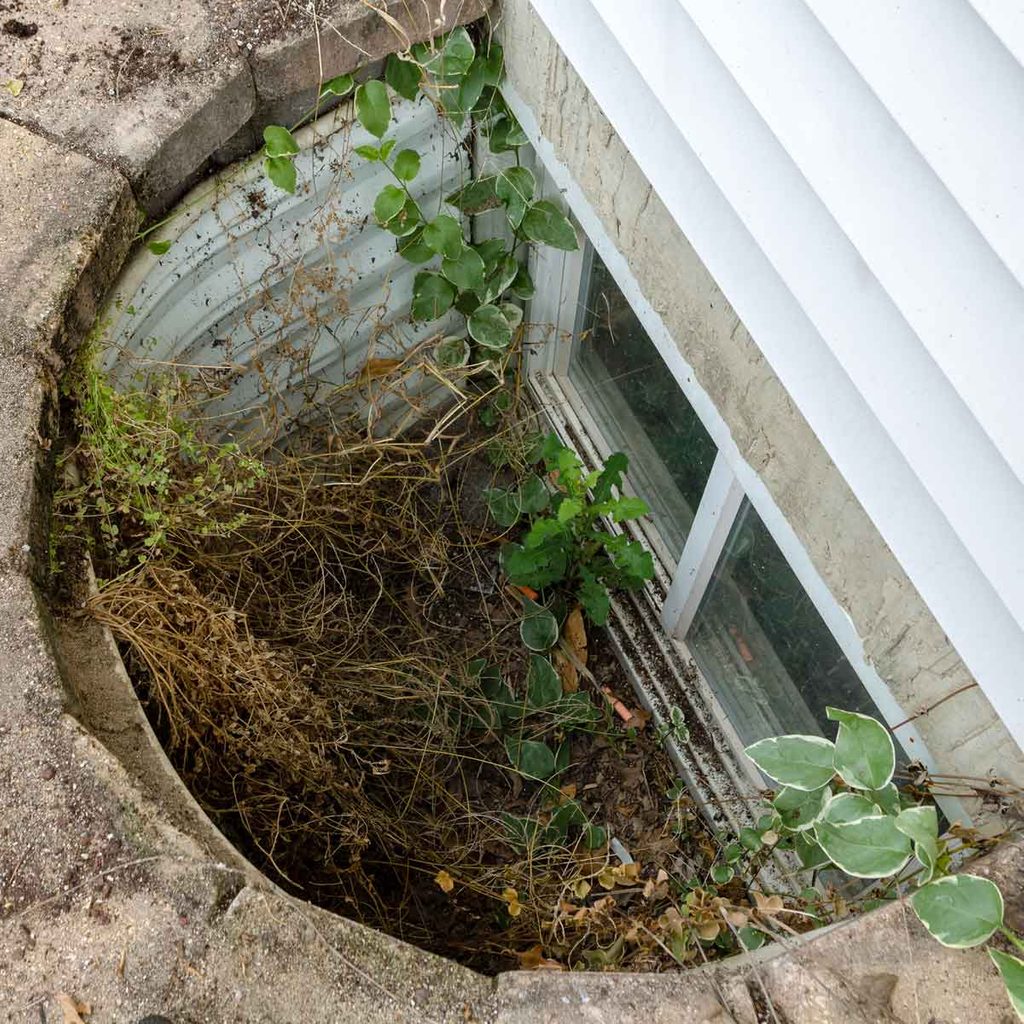Homeowner’s Guide to Basement Window Well Covers
Updated: Jan. 08, 2024

Got a window well that needs protection? Learn all about window well covers, how they work and the different options available.
On This Page
What Is a Window Well Cover?
Window wells are reinforced holes in the ground around below-ground or partially below-ground basement windows. Window wells are designed to hold surrounding earth away from the windows so they can let in light and be opened for ventilation.
Window well covers are sheets of material, usually metal or plastic, designed to fit over window wells and prevent people or animals from falling in. They’re also meant to keep rainwater and snow from collecting in window wells, where they could cause basement flooding.
Why Get a Window Well Cover?
Anyone with below-ground egress windows with window wells should protect them with window well covers. The potential danger to children and animals falling into a window well is serious, and the concerns of wild animals taking shelter in a window well aren’t unfounded.
Basement flooding from rain or snow trapped in window wells is a serious problem which is difficult to clean up, and can cause lots of water damage to walls and floors. The protection offered by window well covers can help give you peace of mind whenever there’s a heavy rainfall or snowfall.
Do Building Codes Require Window Well Covers?
Building codes can vary from state to state and municipality to municipality, so you should always check your local building codes for any regulations about size and types of covers, as well as rules about window wells and egress.
Choosing a Window Well Cover
There are three main considerations when choosing a window well cover: shape, material (plastic or metal) and strength.
Shape
Record the measurements of your window well before shopping for a cover, because it won’t do you much good if it doesn’t fit. Once you know the dimensions, choose the cover material.
Material
Plastic
Designed to let as much light as possible through your basement window, plastic window well covers are almost always completely transparent. They can be flat or domed, depending on your window’s shape and location in the wall. Plastic covers are made of polyethylene and polycarbonate. If you choose a plastic window well cover, do your best to find one that’s polycarbonate. This material is much stronger than polyethylene and can handle extreme temperatures better.
Metal
Usually flat, horizontal grates, metal window well covers are only meant to let in light and prevent falls. Unless they’re combined with a plastic cover, they don’t keep precipitation out. So if you buy one, make sure your window well is outfitted with a drain, or is sheltered by enough roof overhang that water won’t be a problem.
Strength
Whether you choose a metal or plastic cover, strength is an important consideration. Do you want to eliminate all chance of a child or animal falling into the window well? If so, select a strong metal-grate style or thick-plastic cover rated to hold hundreds of pounds. Only want to stop pests and precipitation from entering the well? A thin plastic cover without much strength will work fine. Learn how to make your own window well cover.
Cost and Longevity
If you go with thin plastic, expect to pay $10 to $50 depending on the size. Metal-grate-style covers and some extra-thick and strong plastic covers are much pricier, especially if you choose one with substantial metal parts (recommended) and extra features like hinges or size adjustability. Expect to pay from $100 to $300 or more per metal window well cover. Whether they’re metal or plastic, most high-quality modern window well covers will last for decades. There are a number of factors that play into our list of best window well covers.
